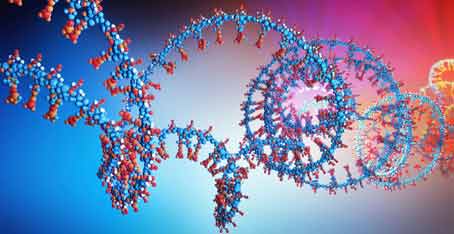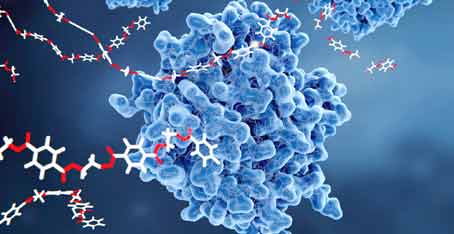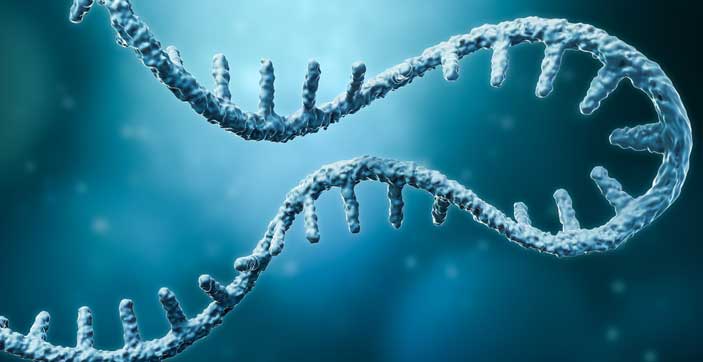Prohydrolase is a key enzyme involved in the production of n-dodecane, an important precursor of polyethylene glycol (PEG) and other polymers. PEG is used to produce biodegradable plastics such as PLA and PLGA. All enzymes are catalysts that allow reactions to occur at rates that would be impossible without them. Prohydrolase is an enzyme which, when used in the manufacture of proline, is able to catalyze the formation of five molecules of this amino acid per minute.
Prohydrolase is a key enzyme that converts lysine into proline. It is produced by the bacteria Staphylococcus aureus. Staphylococcus aureus, or Staph for short, is an important human pathogen. Staph infections are the cause of many types of skin and soft tissue infections.
What is the Mechanism of Prohydrolase?

Prohydrolase is a hydrophilic enzyme that breaks down both water-insoluble materials and organic molecules. It has many uses in the chemical, paper, textile, and food industries. It can be used to make fibers stronger by decontaminating raw materials before they are dyed or made into finished textiles. It can also be used to break down contaminants in waste streams or to break up pollution in contaminated water by making it more permeable for other chemicals to diffuse across the membrane. Visit this article for fruitful information Prohydrolase now.
How to Choose a Favorable Process for Hydrolysis?
The process of hydrolysis is used to remove the bonds between two or more chemical components, which are then converted into single molecules. This process has many industrial applications.
When choosing a process for hydrolysis, it is important to keep in mind the different reactions that can be used to achieve the desired results. One commonly used method of hydrolysis is acid-catalyzed hydration of esters with water. The ester molecules first break down into their alcohol and carboxylic acid components and then these two components react with water to form hydroxyl groups on the new molecule, thereby forming a high-molecular-weight polymer.
Benefits of Hydrolysis Uses for Prohydrolase

Hydrolysis is a process that breaks down complex molecules with the release of smaller ones. It uses two types of enzymes to break down molecular bonds, most commonly using hydrolases. This is beneficial for peptide synthesis.
The top Benefits of hydrolysis are listed below
- Hydrolysis gives us an easy way to make smaller peptides with diverse structures
- It also helps in reducing unwanted side reactions in the synthesis of large molecular structures
- It helps in increasing product yield and improving product quality by increasing purity levels
- Hydrolysis can be used in tandem with classical chemical synthesis methods for further purification purposes
- Hydrolysis is often more efficient than classical chemical syntheses
- Certain modifications on hydrolase enzymes result
Conclusion
Prohydrolase is a new enzyme that can break down hard-to-break down hydrophobic molecules like fat and cholesterol. It has been shown to be effective in treating obesity, cardiovascular disease, and other diseases related to excess fat. Prohydrolase is a natural enzyme produced by plants and microorganisms. It is used in the production of biofuels, food additives, pharmaceuticals, cosmetics, perfumes and other products. If you’re interested in learning more about the science behind this enzyme, we’ve put together a blog post explaining how it works here.
